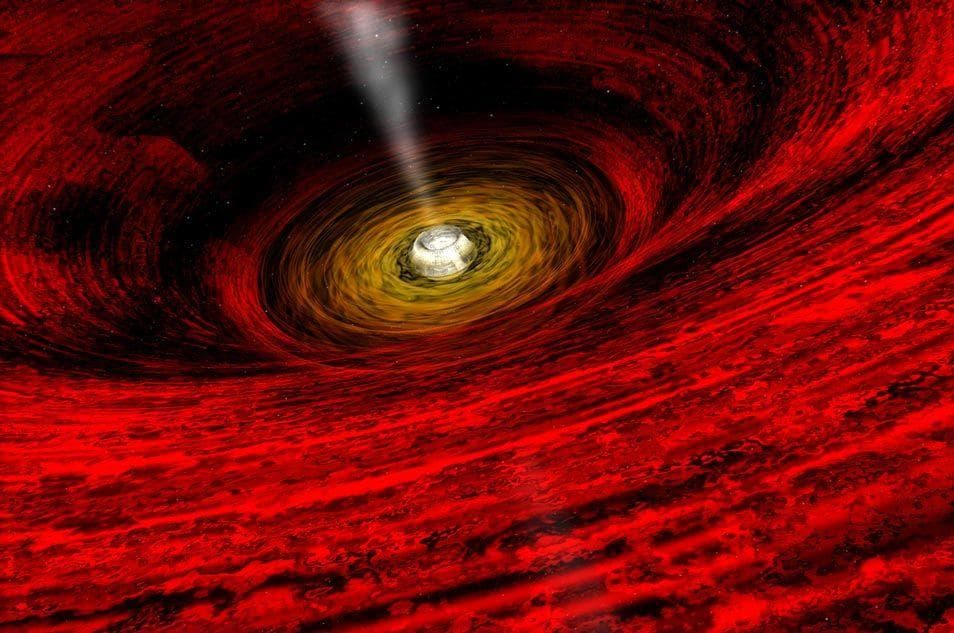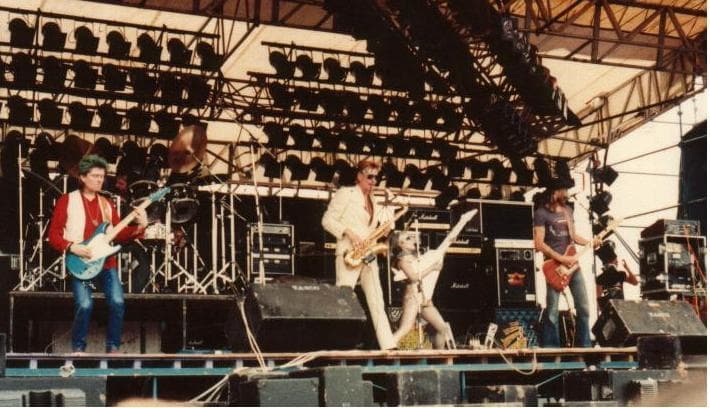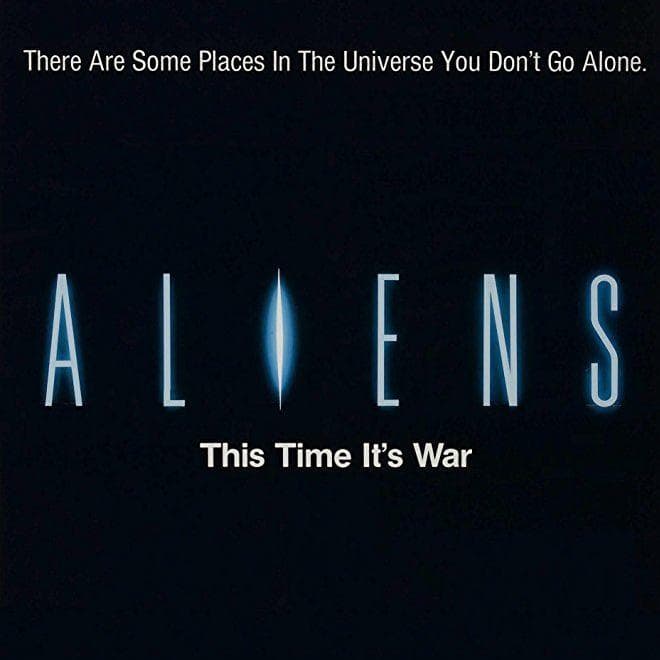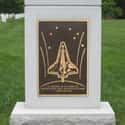-
(#1) Small Pieces Of Foam Caused The Columbia To Fall Apart
The cause of the accident boiled down to a small piece of insulating foam. A little more than a minute after the shuttle's launch, pieces of foam insulation fell from the bipod ramp, which fastens an external fuel tank to the shuttle. As the shuttle was propelled upward at about 545 mph, the foam struck its left wing, damaging panels of carbon heat shield on the wing.
The shuttle and crew suffered no ill effects in space, but once the Columbia entered Earth's atmosphere, the wing was no longer protected from the intense heat of re-entry (as much as 3,000 degrees fahrenheit). The wing broke off, causing the rest of the shuttle to break-up, burn, and disperse.
-
(#2) Mission Control Knew Of The Potential For Disaster But Did Not Tell The Crew
The team on the ground knew Columbia's astronauts would not make it home and faced an agonizing decision - should they tell the crew that they would die upon re-entry or face suffocating due to depleted oxygen stores while still in orbit?
In the end, it was decided it was best for them not to know. On his blog, former shuttle project manager Wayne Hale revealed that Jon Harpold, Director of Mission Operations, told him:
You know, there is nothing we can do about damage to the TPS. If it has been damaged, it’s probably better not to know. I think the crew would rather not know. Don’t you think it would be better for them to have a happy, successful flight and die unexpectedly during entry than to stay on orbit, knowing that there was nothing to be done until the air ran out?
-
(#3) NASA Knew About The Problem But Made The Fatal Mistake Of Ignoring It
This was not the first time foam had broken off in space flights. In fact, it had happened several times before (and without incident), so much so that it was referred to as "foam shedding." NASA engineers dismissed the problem of foam shedding as being of no great urgency.
When a NASA engineering manager, Don L. McCormack Jr., told Mission Management Team member Linda Ham of his concerns about the issue, he was told by her that it was "no issue for this mission."
-
(#4) Debris From The Disaster Was Spread Over Two States
After the horrific crash, Columbia's debris field stretched from Central Texas to Western Louisiana. A team of more than 25,000 professionals and volunteers searched an area of 2.3 million acres to recover everything possible that remained from Columbia. Due to the large area and extensive number of fragments, pieces are still being found to this day.
More than 14 years later, only about 84,000 pieces - or 40% - of Columbia have been recovered and are still being studied.
-
(#5) Columbia Was Lost On Radar
One of NASA capsule communicators called up to the crew to discuss the abnormalities. Husband got the message and replied "Roger" before he was cut off completely. Mission Control was unable to reconnect with anyone on the shuttle. Occasionally, during reentry, communication goes awry temporarily, but radar evidence of the craft disappeared.
White smoke in streaks filled the sky, spelling disaster for Columbia.
-
(#6) Upon Re-Entry, The Shuttle's Sensory Data Became Irregular
With two weeks of scientific experiments behind them, the team aboard the shuttle started the journey home on February 1, 2003. The craft hurled toward Earth from 200,000 feet up to 23 times the speed of sound. But as it made its approach toward Kennedy Space Center, it was quickly evident something irregular was happening.
Ground control was getting abnormal heat and tire pressure readings from the shuttle's left wing. Then, the crew and craft disappeared entirely from both radio communication and radar.
-
(#7) Up Until Re-Entry, It Had Been A Routine Mission
On January 16, 2003, Columbia, the first shuttle to ever take flight, was on its 28th routine mission. The seven-member crew, consisting of Rick Husband, commander; Michael Anderson, payload commander; David Brown, mission specialist; Kalpana Chawla, mission specialist; Laurel Clark, mission specialist; William McCool, pilot; and Ilan Ramon, payload specialist from the Israeli Space Agency, was to perform around-the-clock scientific research.
They were successful in doing so, completing approximately 80 experiments during the 16-day mission.
-
(#8) At First, It Was Thought To Be A Terrorist Attack
The accident occurred almost a year and a half after 9/11, when terrorism was fresh on everyone's mind and the thought of a mechanical mishap wasn't the first thing that came to the minds of investigators. “It was a time when people were concerned about terrorism, and it couldn’t be ruled out right away,” said FBI Dallas special agent Michael Hillman.
Many involved in the search and rescue following Columbia had also recovered and sifted through debris in the 9/11 attacks. The Bureau worked closely with NASA and turned over all evidence to the organization once it was confirmed terrorism was not the cause.
-
(#9) Budget Constraints And A 'Get It Done' Mentality Created A Perfect Storm Of Tragedy
After the Challenger accident in 1986, NASA vowed to do better but ultimately could not keep that promise. The organization's budget was halved in the '90s, and the decrease in funding only continued. By the time of the Bush administration, NASA was on a shoestring budget yet was still expected to produce missions to keep up with work on the International Space Station. The organization was reluctant to take time to iron out the kinks.
Professor Henry McDonald, former director of NASA California, said, "The mentality became, 'We flew it, we had a problem, we landed, so what's the big deal? So there was a crack in the wing panel, but hey, we got away with it; when's the next mission?"'
-
(#10) Only One Member Of NASA Apologized Publicly
While Congress and NASA played the blame game, heads rolled at the organization soon after the accident. Higher-ups were let go, and Wayne Hale was put in the position of second-in-command for the remaining shuttle missions. He was also the only member of NASA to apologize for the accident and to publicly accept the blame for "normalization of the abnormal."
He said, "After the accident, when we were reconstituting the Mission Management Team. My words to them were 'We are never ever going to say that there is nothing we can do.'"
-
(#11) Changes Were Made, But It Was Too Little, Too Late
Changes were made under Wayne Hale's tutelage when he took over after the Columbia disaster. He was responsible for changing the dismissive ignorance that had infiltrated the organization over the years. "I said, 'The first thing we've got to do is we've got to put the arrogance aside,'" he said in a later interview. Any concerns that were brought to him, he took into serious consideration.
Checklists and safety regulations were updated, and the remaining shuttle flights were successful before the fleet was retired for good in 2011.
-
(#12) Shuttle Missions Were Doomed Because NASA Couldn't Fund Them
While NASA's safety record greatly improved since the accident, the shuttle fleet itself was aging. Columbia had been the first to fly in 1981, and the fleet's technology was simply outdated. After the Columbia disaster, it was concluded that the remaining shuttles should be replaced "as soon as possible" by the panel that investigated the accident.
The four remaining shuttles were sent to museums in New York, Los Angeles, Florida, and Virginia.
-
(#13) Shuttle Missions Give Way To Privatized Space Travel
With the shuttle fleet no longer in commission, NASA turned to outside help - in the form of Elon Musk and SpaceX.
Musk said of the obsolete shuttle program:
I was trying to figure out why we had not made more progress since Apollo. We’re currently in a situation where we can’t even put a person into low earth orbit. That doesn’t really jell with all of the other technology sectors out there. The computer that you could have bought in the early seventies would have filled this room and had less computing power than your cell phone. And so just about every sector of technology has improved. Why has this not improved?
NASA and the government contractors it worked with faced the same problems they had always faced - too little to work with, too little time to do it in, and too much to do. Musk and his investors didn't have these issues and could find the cheapest, safest way forward without bureaucratic red tape - and did so. Privatized space travel soon became the wave of the future.
New Random Displays Display All By Ranking
About This Tool
On February 1, 2003, the second serious space shuttle accident occurred in the history of human astronautics. The US space shuttle Columbia disintegrated and crashed over northern Texas, killing all 7 astronauts. This is also the 28th mission of Columbia. According to the original plan, the 7 astronauts will return after completing the 17-day space research mission. However, on the day of the return trip, the Columbia suddenly disintegrated and numerous fragments fell to the ground.
The people fell into great grief. The US authorities immediately set up an investigation team to investigate the cause of the tragic accident and searched for the flight recorder in the debris. You will find 13 details of the accident in this random tool.
Our data comes from Ranker, If you want to participate in the ranking of items displayed on this page, please click here.












